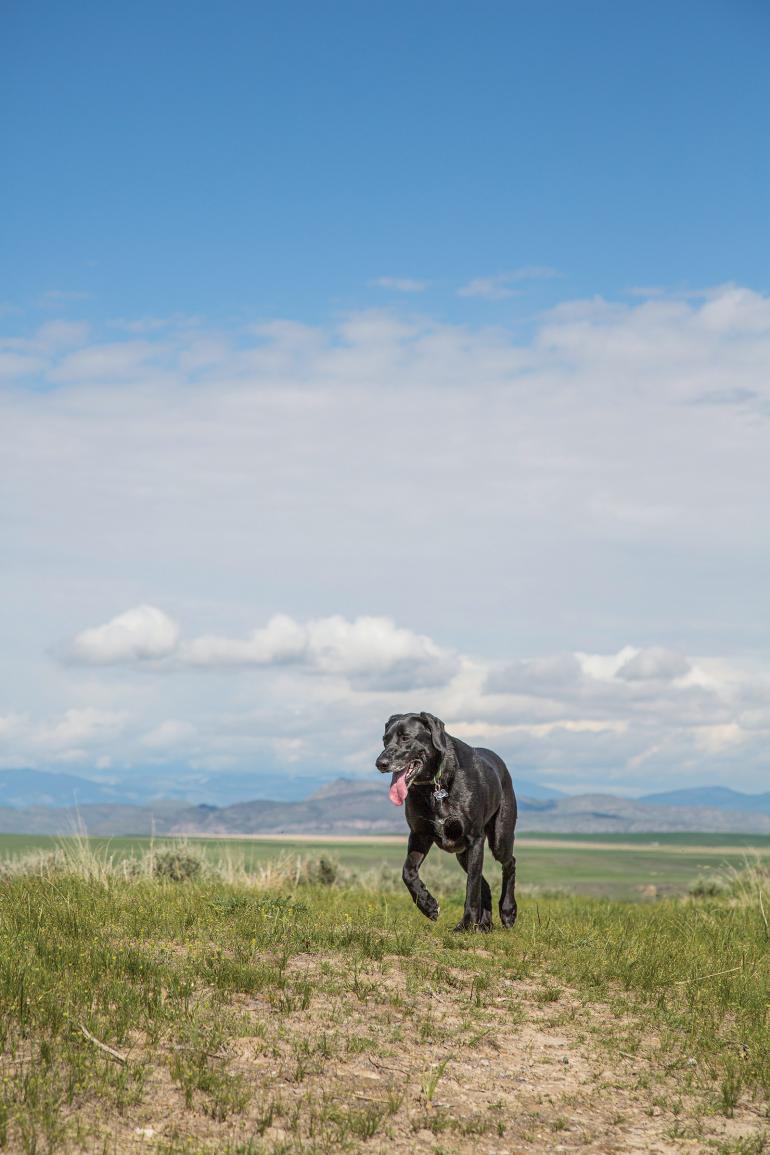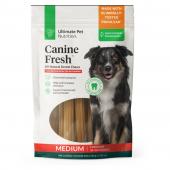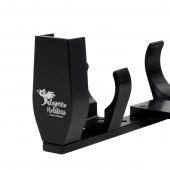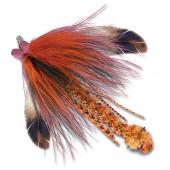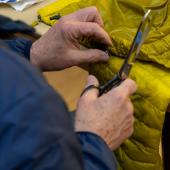Paws & Play
Easing your dog into spring.
Come spring, the fresh smells, warmth on our faces, and sound of melting snow have us jonesing to break out of our winter hibernation state and hit the outdoors. But if your four-legged partner has also been hibernating, then taking it slow and being mindful of the shift in seasons is especially important. Here are a few tips to help your dog avoid injury and other health issues this spring.
Overall Body Condition
Start with an honest assessment of your dog’s current body condition and your historical approach to exercise. Is your pet a warm-weather creature or weekend warrior? Has she gained weight over the winter? If your dog has become overweight or not maintained conditioning, it can increase the chance of ACL tears, among other orthopedic and soft-tissue injuries. If overall weight and body condition are identified as primary concerns, consult your veterinarian. Being overweight could be the result of less exercise, too many calories, or a metabolic/endocrine disease. Start slow, building up to peak activity in a graduated style.
Paw Health
If your dog has not been out running on rough surfaces such as gravel or pavement throughout the winter, don’t start your spring season with a 15-mile ride or run. Use booties, and again, slowly build up his tolerance. Some dogs have softer paws and will never do well with extended running on pavement surfaces, so booties can be beneficial for many canine athletes year-round.
Heat Stroke
Whether it’s outwardly apparent or not, your dog has become acclimated to the colder winter months. A warm spring day can come as a complete shock to his system and lead to overheating, even though the temperature may still feel moderate to us. Keep a close eye out for signs of heat stroke (elevated breathing rates/panting, dry or sticky gums, abnormal gum color or bruising of the gums, and lethargy), and avoid letting your dog get too warm. Be sure to give him plenty of breaks, allow for time in the shade, and always ensure access to water.
Parasites (Internal and External)
With snowmelt, many “goodies” (i.e., rotting vegetation and carcasses) can become exposed and accessible to our dogs—real temptations, especially when running free and unsupervised on a trail. Be aware of your dog’s activities and whereabouts, and talk to your veterinarian if you suspect your dog is getting into these goodies. Outside of the likely gastrointestinal distress, these trail snacks can put her at risk for internal parasites. In addition, warmer weather brings renewed exposure to external parasites such as ticks. Be sure your companion is protected.
With a little forethought and planning, spring can be as enjoyable for your dog as it is for you. Be mindful of your pal’s physical condition, start slow, and ease into the season. It will make a smoother transition for both you and your pup.
Christine Kenyon, DVM, CCRT, CVA is a co-owner of 360 Pet Medical in Bozeman; Beth Kringlie is the practice manager.


